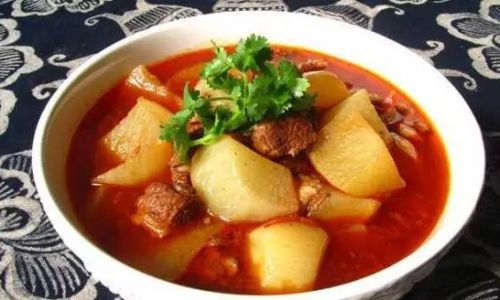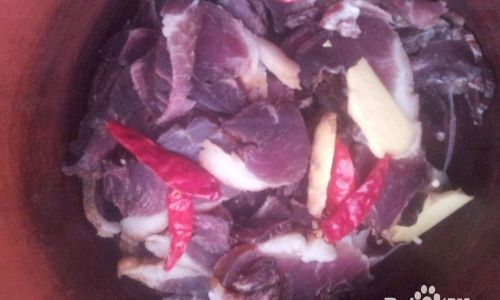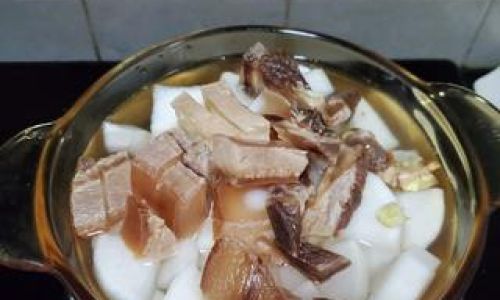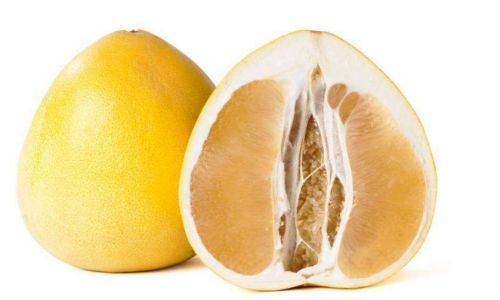In the realm of culinary delights, stewed dishes often occupy a special place, offering comfort, warmth, and a rich tapestry of flavors that linger long after the meal is over. Among the myriad of ingredients that can be stewed to perfection, carrots and radishes stand out for their versatility, nutritional benefits, and ability to transform into a dish that is both hearty and soothing. While many recipes exist for stewing these vegetables, achieving that perfect balance of taste, texture, and aroma can be a challenge. This article aims to guide you through the art of stewing carrots and radishes to create a dish that is not only nutritious but also delightfully delicious.
Understanding Your Ingredients
Before diving into the cooking process, it’s crucial to understand the unique properties of carrots and radishes. Carrots are known for their natural sweetness, vibrant color, and high beta-carotene content, which is converted into vitamin A in the body. They add a natural sweetness and earthy flavor to stews. On the other hand, radishes, often overlooked in stewed dishes, bring a refreshing crispness and a subtle peppery taste that can elevate the overall flavor profile. When combined, these two vegetables create a harmonious blend of sweet and savory notes.

Selecting the Right Ingredients
- Carrots: Choose fresh, firm carrots with smooth, vibrant skin. Avoid carrots that are cracked, soft, or have spots, as they may be past their prime.
- Radishes: Look for radishes that are firm, with fresh, crisp leaves attached if possible. Smaller radishes tend to be sweeter and less bitter than larger ones.
- Aromatics: Garlic, onions, and fresh herbs like thyme, rosemary, or parsley can significantly enhance the flavor of your stew.
- Liquid: Broth or stock (vegetable, chicken, or beef) adds depth and richness to the stew. Water can be used, but it will lack the complexity of flavor that broth provides.
- Seasonings: Salt, pepper, and a pinch of sugar (optional) to balance the natural sweetness of the carrots.
Preparation Techniques
-
Peeling and Chopping: Peel the carrots and radishes, ensuring all dirt and imperfections are removed. Chop them into uniform pieces to ensure even cooking. For carrots, you can slice them into rounds or sticks, depending on your preference. Radishes can be halved or quartered, depending on their size.
-
Sautéing Aromatics: In a heavy-bottomed pot or Dutch oven, heat a bit of oil over medium heat. Add chopped onions and garlic, sautéing until they become translucent and fragrant. This step is crucial as it creates the foundation of flavor for your stew.
-
Adding Vegetables: Once the aromatics are well-cooked, add the chopped carrots and radishes to the pot. Stir to coat them evenly with the oil and aromatic flavors.

-
Adding Liquid and Seasonings: Pour in enough broth or stock to cover the vegetables by about an inch. Add salt, pepper, and any additional herbs or spices you wish to use. A pinch of sugar can help bring out the natural sweetness of the carrots, but be cautious not to overdo it.
The Cooking Process
-
Simmering: Bring the mixture to a gentle boil, then reduce the heat to low. Cover the pot and let the stew simmer slowly. The key to a successful stew is patience; slow cooking allows the flavors to meld together and the vegetables to soften without becoming mushy.
-
Checking and Stirring: Occasionally check the stew, stirring gently to prevent sticking. If the liquid reduces too much, you can add more broth as needed. The cooking time will depend on the size of the vegetable pieces and the intensity of the heat, but it typically ranges from 30 minutes to an hour.

-
Taste and Adjust: As the stew nears completion, taste it and adjust the seasoning accordingly. If the carrots and radishes are tender but still hold their shape, you’re on the right track.
Finishing Touches
-
Garnishing: Once the stew is perfect, remove it from heat and let it rest for a few minutes. This allows the flavors to further develop. Before serving, garnish with freshly chopped herbs like parsley or chives for a burst of color and freshness.
-
Serving Suggestions: Stewed carrots and radishes can be served as a side dish to complement roasted meats, grilled fish, or even a hearty grain bowl. They also make a fantastic vegetarian main course when paired with a crusty bread or over a bed of rice.

Conclusion
Stewing carrots and radishes may seem like a simple task, but achieving that perfect balance of flavors requires attention to detail, patience, and a love for the process. By understanding your ingredients, selecting the best quality produce, and following a thoughtful preparation and cooking process, you can create a stew that is not only nutritious but also a delight for the senses. Remember, the beauty of home-cooked meals lies in their ability to nourish both the body and the soul, and a well-stewed dish of carrots and radishes is no exception. So, gather your ingredients, roll up your sleeves, and embark on a culinary journey that promises warmth, comfort, and a taste of home.





0 comments